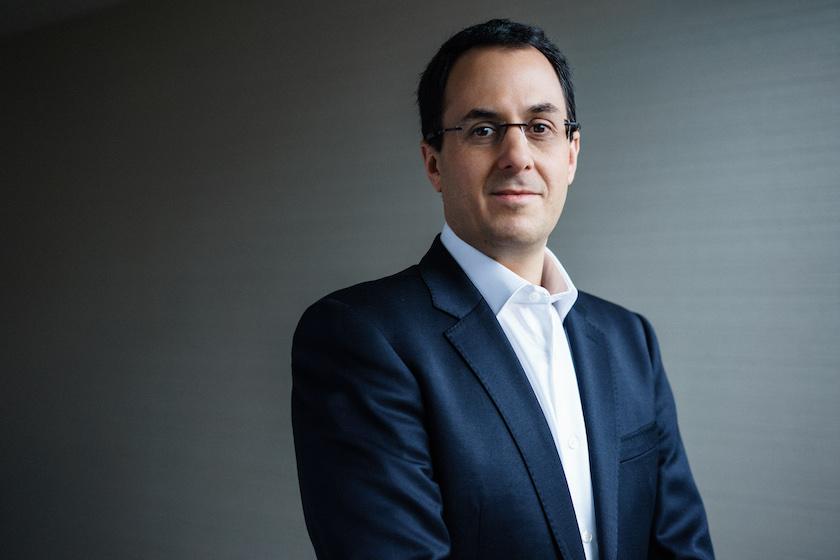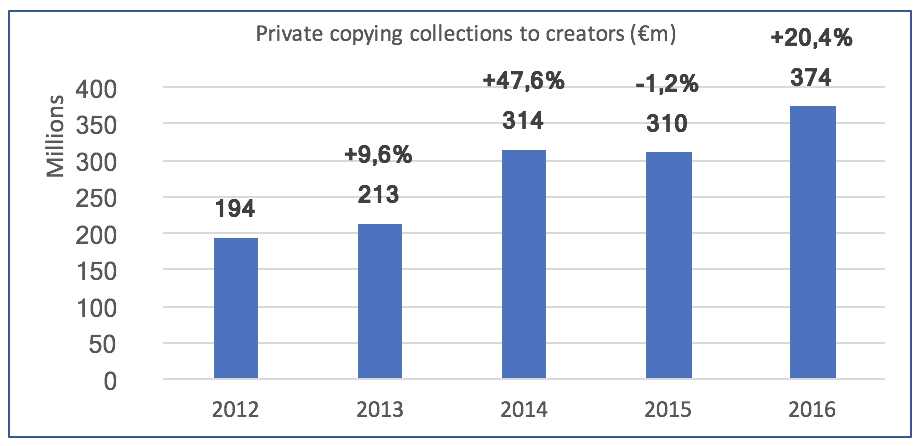New CISAC study highlights how private copying schemes can generate important revenues for creators

By Gadi Oron, Director General of CISAC
In a few weeks’ time, CISAC, representing authors’ societies in 123 countries, will publish its 2017 Global Collections Report. This report will show the sector is now worth over US$10 billion and paying royalties to millions of creators worldwide.
Across all creative industries, digital uses - and especially streaming - is where collections are seeing the most exciting growth. Yet the digital market is only part of the story.
Creators around the world still depend on a diverse range of revenue streams to earn a living. These are led by broadcasting (TV and radio) and live music, which generate billions in royalties. One vital element of this mixed income portfolio is private copying levies – a much under-exploited area of collections in both the physical and online worlds. To highlight this, and the potential of private copying levies if they can be made to work globally, CISAC has today published a unique report, the CISAC Private Copying Global Study.

When effectively operated, private copying provides a substantial source of income for creators. These levies are applied to blank media and devices, and are collected by authors societies, sometimes with local government or customs support. Global collections for private copying levies by CISAC members totalled €374 million in 2016 (US$414 million), nearly doubling since 2012.
These levies are especially crucial to developing countries, where creators are often faced with a weak copyright environment and where physical formats are dominant. In such markets, a system that ensures payments for private copying that cannot be effectively licenced or monitored can generate revenues that would otherwise simply not be paid.
The world of private copying levies is far from working perfectly, however. In many countries, creators do not get paid where they should. This can be due to a lack of a legal framework or poor implementation of existing laws. As the study shows, only 74 countries have laws that recognise private copying levies and among those, only 38 have implemented an effective collection system.
Addressing these discrepancies would substantially increase payments to rightsholders.
Until now, efforts to address this issue have been hampered by a lack of detailed, reliable data and information. That is why the CISAC Private Copying Global Study is a key resource.
Our study is the first ever global analysis of private copying systems around the world. It examines the laws of 191 countries on 5 continents and highlights the poor development of private copying remuneration schemes in Africa, Latin America and Asia, where most creators are deprived from fair compensation.
Private copying levies have a key role to play in the rapidly evolving digital environment. Yet they can work much better than they do at present – the key requirements are adequate legislation, proper application of the law and effective collection mechanisms. The new CISAC study helps highlight the true potential of this important source of income for creators.